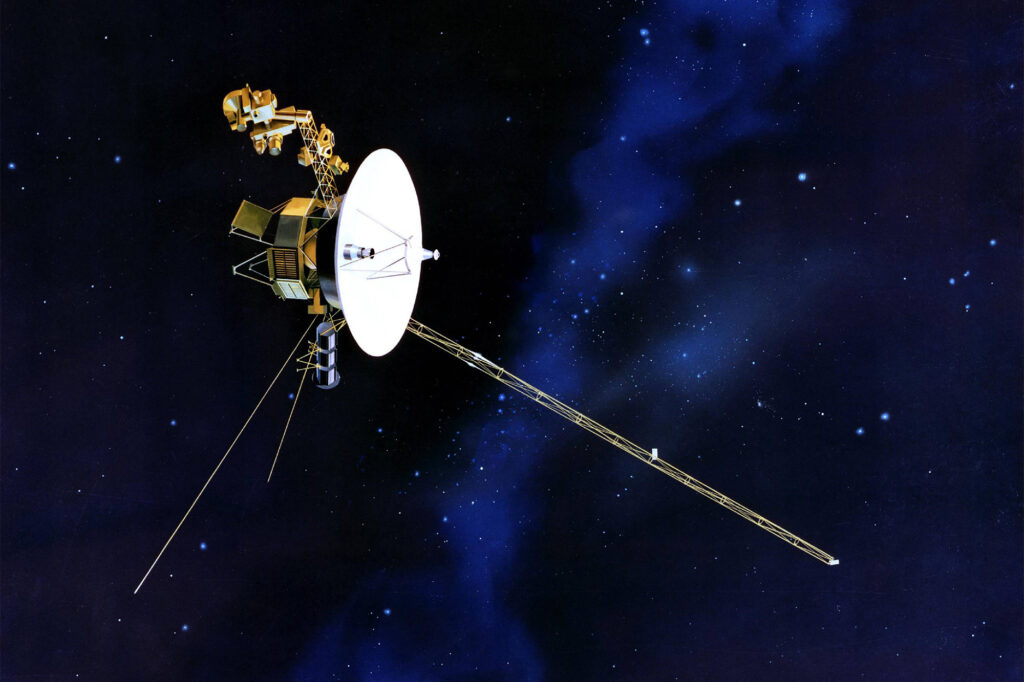- Voyager-1 had been experiencing a computer error for several months, but engineers have fixed it
- Voyager-1 is the most distant man-made object from the Earth – it is 24 billion kilometres away
- Scientists are using the probe to find out more about deep space

After more than five months of sending incomprehensible data, the Voyager-1 probe is finally sending usable information back to NASA scientists.
The probe, which will be 47 years old later this year, had developed a fault in its computer – blamed on a corrupted chip – but NASA engineers have finally managed to fix it enough for it to send back data about the health of its onboard systems. The next step is to get the scientific instruments back online too, NASA said in a statement.
For a time, scientists could get no sense out of Voyager-1 after the problem developed, although it was still operating normally and receiving commands from the team on Earth. But engineers were able to shift the software code affected to a different part of the craft’s memory to enable it to start sending data again.
Voyager-1 was launched from the Kennedy Space Centre back in September 1977, with the initial mission of surveying the planets Jupiter, Saturn, Uranus and Neptune – alongside its sister craft Voyager-2 – which took 12 years to complete. Since then, the probe has been pointed towards deep space, heading to the centre of our galaxy, and has been transmitting data back to Earth ever since.
It has become the furthest man-made object away from Earth, having travelled more than 24 billion kilometres so far. The craft travels at more than 15km per second. It is now so far from Earth, that its radio messages take nearly a day to reach scientists.
Voyager-2 – which was actually launched a few days before Voyager-1 – is also still travelling through space, but it is about 4 billion km behind its sister craft.